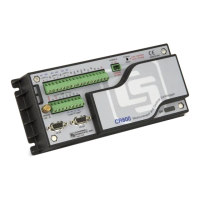Section 7. Installation
247
'Count how many times the DataEvent “DeltaT_C>=3” has occurred. The
'TableName.EventCount syntax is used to return the number of data storage events
'that have occurred for an event driven table. This example looks in the data
'table “Event”, which is declared above, and reports the event count. The (1,1)
'after EventCount just needs to be included.
HowMany = Event.EventCount(1,1)
'Call Data Tables
CallTable(OneMin)
CallTable(Event)
NextScan
EndProg
7.8.17.2 Running Average and Total of Rain
CRBasicExample53. RunningAverageandRunningTotalofRain
'Rain is measured using PulseCount(). Running Average is calculated using the
'AvgRun(). Running Total is calculated from the result of AvgRun() by
'multiplying the result by the AvgRun() Number parameter (3rd parameter).
Public MeasuredRain
Public TotRun, RainAvg
Const Number = 15.0
BeginProg
Scan(1,Sec,0,0)
PulseCount(MeasuredRain,1,1 ,2,0,0.01,0)
AvgRun(RainAvg,1,MeasuredRain,Number)
TotRun = Number * RainAvg
NextScan
EndProg
7.8.17.3 Use of Multiple Scans
CRBasic example Use of Multiple Scans (p. 247) demonstrates the use of multiple
scans. Some applications require measurements or processing to occur at an
interval different from that of the main program scan. Secondary, or slow
sequence, scans are prefaced with the SlowSequence instruction.
CRBasicExample54. UseofMultipleScans
'This program demonstrates the use of multiple scans. Some applications require
'measurements or processing to occur at an interval different from that of the main
'program scan. Secondary scans are prefaced with the SlowSequence instruction.
'Declare Public Variables
Public PTemp
Public Counter1

